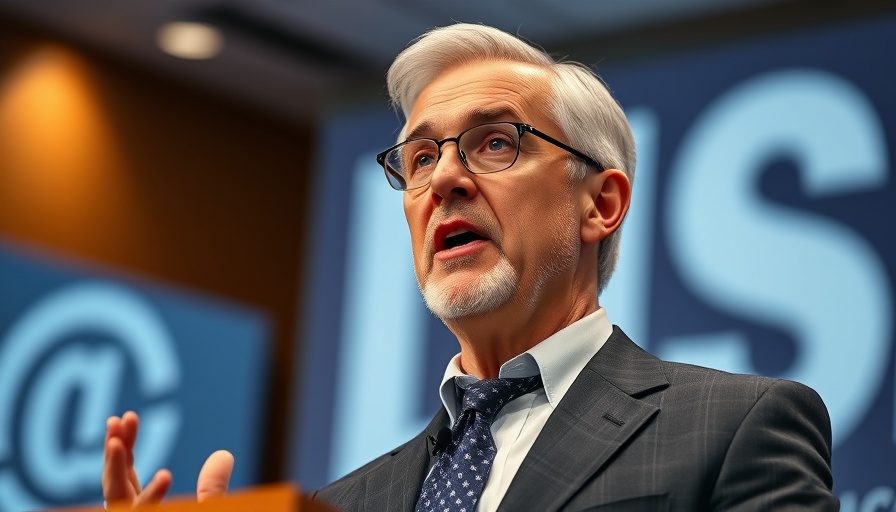
Understanding the Tariff Debate in the Aesthetic Industry
As U.S. Treasury Secretary Scott Bessent boldly defends the Trump administration's tariff policies, the ramifications extend beyond the broader economy, permeating sectors like the aesthetic industry. MedSpa owners and managers, particularly, must navigate how these economic shifts impact everything from operational costs to consumer purchasing behavior.
The Concept of the Tariff Detox
Bessent's assertion of a 'detox period' suggests that moving away from government reliance towards a privatized model will require significant adjustments. This notion of detoxification parallels many businesses’ paths where they had to shift from reliance on government support to self-sustenance amid economic volatility. For MedSpa business owners, this means reevaluating pricing strategies and cost management practices to survive potentially inflated costs driven by tariffs.
Market Uncertainty and Consumer Behavior
While tariffs are said to adjust pricing structures in markets, the uncertainty surrounding them can sway consumer confidence. A significant concern is that inflation, as suggested by the Federal Reserve, might ultimately stymie growth for small businesses in the aesthetic sector, which rely heavily on consumer spending. MedSpa owners may see consumers more hesitant to spend on non-essential luxuries as they grapple with rising living expenses.
Revisiting the Importance of Accessibility
Bessent underscores the fact that access to affordable goods isn't the essence of the American Dream; instead, profitability is paramount for sustainability. This viewpoint should resonate deeply within the aesthetic industry, where the balance of high-quality service against cost becomes vital. MedSpas may need to adapt, focusing on value propositions that highlight the effectiveness of treatments while justifying price points amid economic shifts.
Data Insights: Understanding Tariff Impact
With the Congressional Budget Office reporting $77 billion in tariff revenue, however, only a fraction can offset national debt levels. For aesthetic business owners, this signals that while tariffs might seem beneficial for government funding, the trickle-down effects can adversely affect consumer dynamics. Therefore, understanding market trends and staying agile in response to these changes is crucial for maintaining profitability.
Strategies for MedSpas to Combat Economic Shifts
As the economic landscape evolves, MedSpa proprietors can adopt several strategies to mitigate the impact of tariff-induced inflation:
- Emphasizing Value: Focus on educating consumers about the benefits of advanced treatments.
- Cost Management: Analyze every operational aspect, from supplies to staffing, to streamline costs without compromising quality.
- Diversifying Service Offerings: Introduce flexible pricing or seasonal promotions to attract varying customer demographics.
Lessons from Other Industries
Companies across sectors have had to adapt to varying market conditions due to tariffs. Learning from them, MedSpas can embrace innovation more readily. An industry that successfully navigated change often adjusts its services quickly and finds ways to maintain consumer trust despite external pressures. By prioritizing innovation and customer relationships, aesthetic businesses can enhance resilience against economic disruptions.
In this context, it is crucial for MedSpas to stay informed about economic developments and anticipate shifts in consumer behavior. Awareness allows for proactive marketing strategies and adjustments that can enhance customer retention—making your MedSpa stronger during challenging economic times.
 Add Row
Add Row  Add
Add 

 Add Element
Add Element  Add Row
Add Row 




Write A Comment